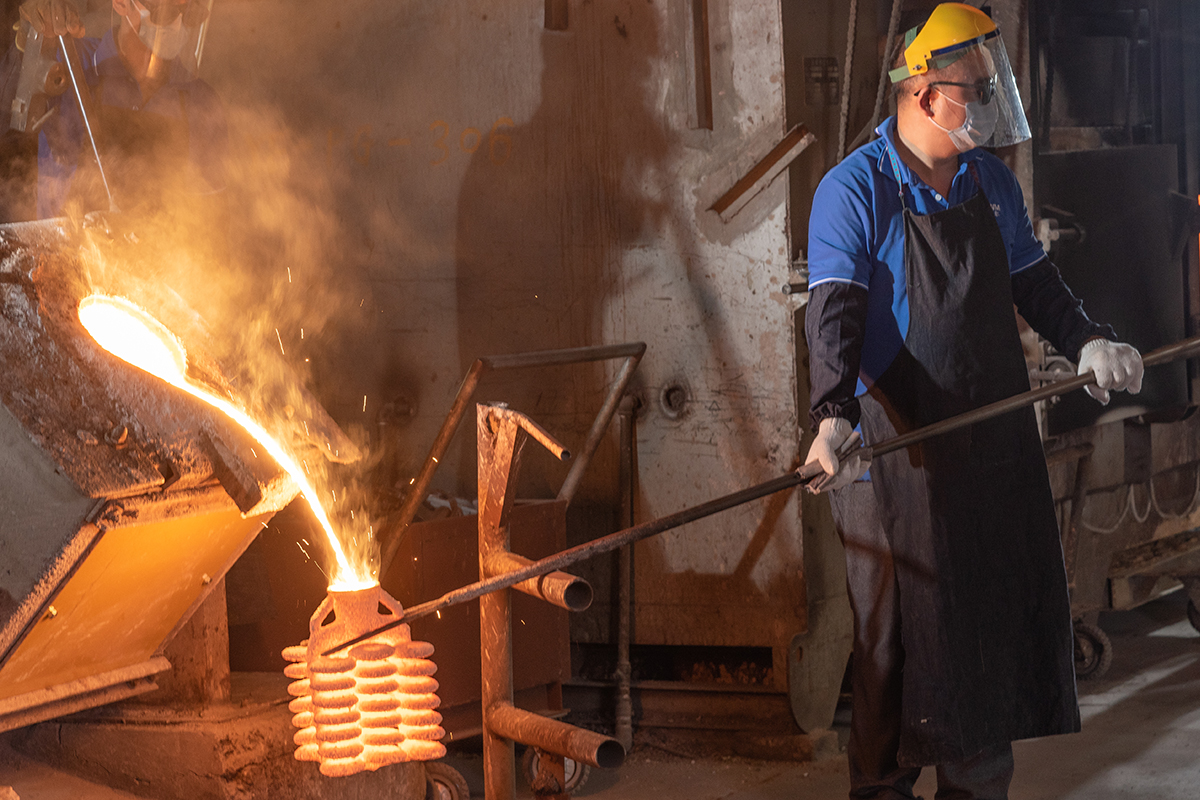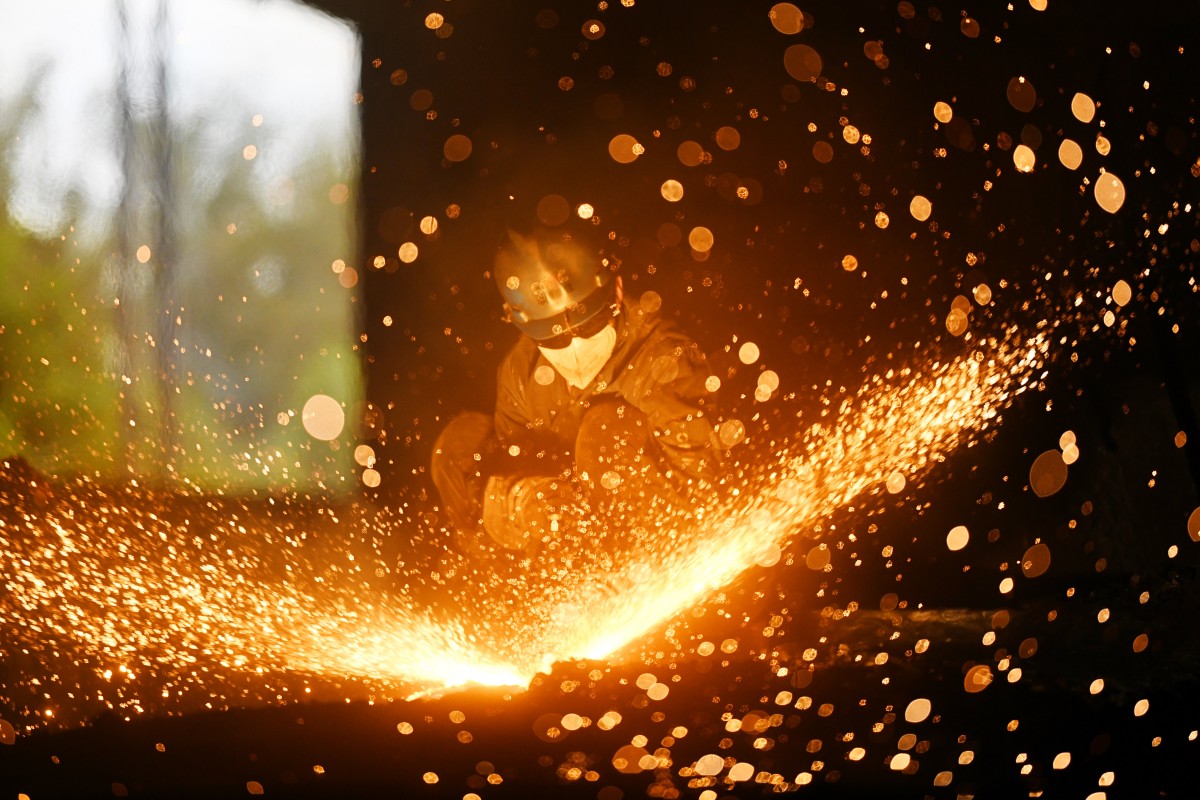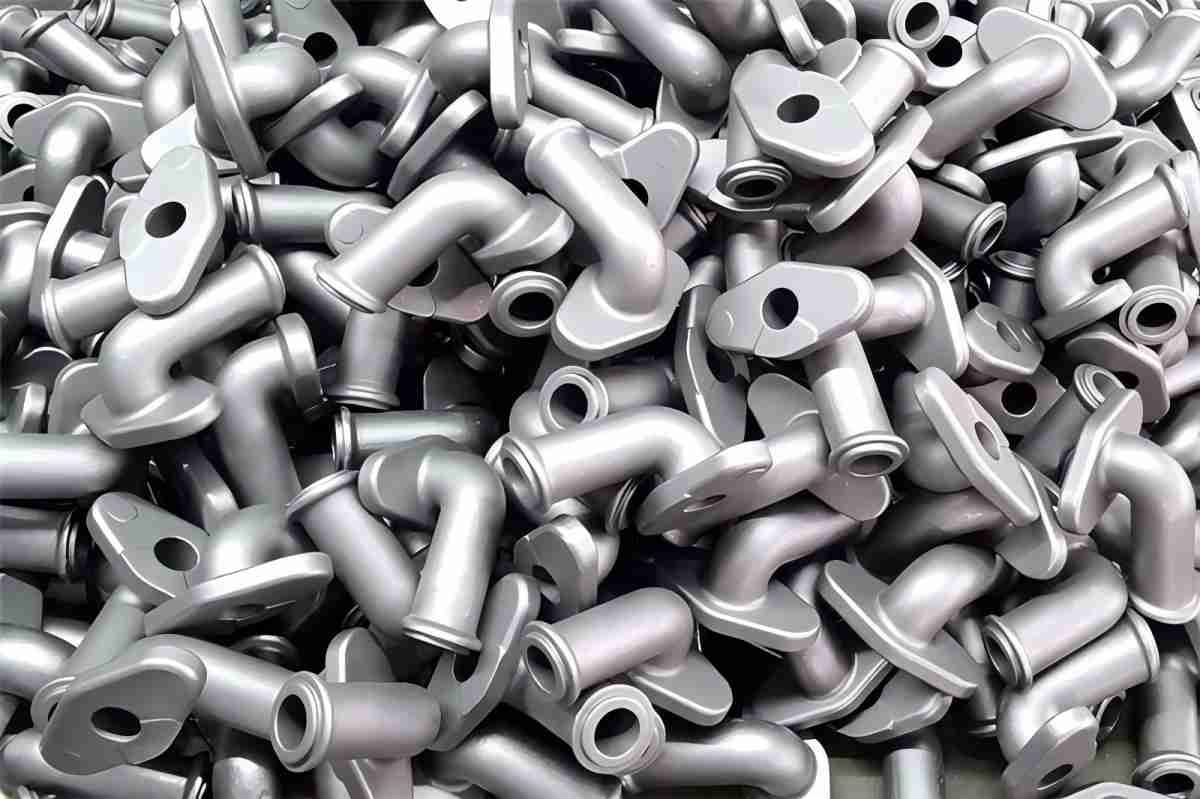
Soluble Wax Investment Casting plays a pivotal role in modern manufacturing. It enables precise, intricate designs that traditional methods struggle to achieve. Industries like aerospace and medical devices increasingly rely on this innovation. With the investment casting industry projected to hit $24.5 billion by 2030, investment casting wax continues to drive efficiency and quality forward.
What is Soluble Wax Investment Casting?
Definition and Composition of Soluble Wax
Soluble wax is a specialized material used in investment casting to create detailed and precise patterns. Unlike traditional wax, it contains unique chemical components that enhance its solubility in water or other polar solvents. These waxes are primarily made of long aliphatic alkyl chains, sometimes combined with aromatic compounds. They also include functional groups like fatty acids, alcohols, and esters, which contribute to their distinct properties.
The composition of soluble wax can vary depending on its intended use. For example:
- Waxes with longer, linear hydrocarbon chains have higher melting points, making them ideal for heat-resistant applications.
- Those with shorter, branched chains or esters offer flexibility, which is useful in certain industries.
- The solubility of these waxes depends on their molecular structure, ensuring compatibility with specific casting processes.
This unique composition allows soluble wax to perform exceptionally well in creating intricate designs, making it a cornerstone of Soluble Wax Investment Casting.
Unique Properties of Soluble Wax in Casting
Soluble wax stands out due to its ability to dissolve easily, which simplifies the removal process during casting. This property is crucial for creating complex internal geometries that would be difficult to achieve with other materials. The process typically involves injecting the wax into a mold, where it cools and hardens to capture every detail. Once the wax is removed, it leaves behind a hollow space ready for molten metal.
Here’s a quick breakdown of how soluble wax works in casting:
| Process Step | Description |
|---|---|
| Wax Injection | Soluble wax is injected into a mold to form a detailed pattern. |
| Cooling and Hardening | The wax solidifies, preserving intricate design features. |
| Wax Removal | The wax is dissolved, leaving a precise cavity for the casting material. |
These properties make soluble wax an essential material for industries requiring precision and efficiency in their casting processes.
Benefits of Soluble Wax Investment Casting

Precision and Accuracy for Complex Geometries
Soluble Wax Investment Casting excels in creating intricate designs with unmatched precision. Manufacturers often face challenges when producing parts with complex internal geometries. Soluble wax solves this problem by capturing every tiny detail during the molding process. This level of accuracy ensures that the final metal cast matches the original design perfectly. Industries like aerospace and medical devices rely on this technique to produce components where even the smallest error can lead to failure. With soluble wax, they achieve the precision needed for safety and performance.
Simplified Removal Process Without Damage
One of the standout features of soluble wax is its easy removal. Traditional waxes can sometimes damage the mold or leave residue behind. Soluble wax, however, dissolves cleanly in water or other solvents. This makes the process faster and reduces the risk of errors. For manufacturers, this means less waste and fewer rejected parts. The clean removal process also ensures that the mold remains intact, preserving the intricate details of the design. This simplicity saves time and resources, making it a preferred choice for many industries.
Compatibility with Advanced Casting Techniques
Soluble Wax Investment Casting works seamlessly with advanced casting methods. Whether it’s vacuum casting or shell molding, soluble wax adapts to various processes without compromising quality. Its versatility allows manufacturers to experiment with innovative designs and materials. This flexibility opens doors to new possibilities, enabling the production of parts that were once considered too complex or expensive to make. By integrating soluble wax into their processes, companies can stay ahead in a competitive market.
Applications of Soluble Wax Investment Casting

Industries That Rely on Soluble Wax
Many industries depend on soluble wax to achieve precision and efficiency in their manufacturing processes. Aerospace companies use it to create lightweight yet durable components, such as turbine blades and engine parts. These parts often have intricate internal structures that require extreme accuracy. The medical field also benefits from soluble wax, especially for producing surgical instruments and implants. These items must meet strict quality standards to ensure patient safety.
The automotive industry is another major user. Manufacturers rely on Soluble Wax Investment Casting to produce complex engine parts and other components that improve vehicle performance. Even the energy sector, including companies involved in power generation, uses this technique to create parts for turbines and other machinery. By leveraging soluble wax, these industries can produce high-quality components that meet their specific needs.
Scenarios Requiring Complex Internal Designs
Soluble wax shines in scenarios where complex internal designs are essential. For example, engineers often need hollow or multi-layered structures for cooling systems in aerospace and automotive applications. Soluble wax makes it possible to create these intricate designs without compromising strength or functionality.
Another common scenario involves medical implants with detailed internal features. These designs help improve compatibility with the human body. Soluble wax allows manufacturers to achieve these precise shapes, ensuring the implants perform as intended. Whether it’s a turbine blade or a medical device, soluble wax enables the creation of parts that would be nearly impossible with other methods.
Soluble Wax Investment Casting vs. Alternatives
Comparison with Traditional Wax
When comparing soluble wax to traditional wax, the differences become clear. Traditional wax works well for simple designs, but it struggles with complex geometries. Soluble wax, on the other hand, excels in creating intricate patterns. Its ability to dissolve in water or solvents makes it easier to remove without damaging the mold. This feature is especially useful for projects requiring precision.
Traditional wax often leaves residue behind, which can affect the final product’s quality. Soluble wax avoids this issue by dissolving cleanly. Manufacturers also find that soluble wax reduces waste and speeds up production. While traditional wax has its place in basic casting, soluble wax offers more flexibility and reliability for advanced applications.
Advantages Over Other Materials
Soluble wax stands out not just against traditional wax but also other materials used in casting. Unlike plastic or resin, soluble wax provides a perfect balance of strength and solubility. It captures fine details while remaining easy to remove. This makes it ideal for industries like aerospace and medical devices, where precision is critical.
Other materials may require additional steps for removal, increasing costs and time. Soluble wax simplifies the process, saving resources. Its compatibility with various casting techniques also gives it an edge. Whether for hollow designs or intricate internal structures, soluble wax delivers results that other materials cannot match. This versatility makes it a preferred choice for manufacturers worldwide.
Soluble Wax Investment Casting has revolutionized modern manufacturing. Its precision and efficiency make it essential for creating intricate designs. By simplifying the casting process, it saves time and resources. Manufacturers benefit from its environmental advantages, too. This innovation empowers industries to achieve superior results while meeting sustainability goals. It’s truly indispensable.
FAQ
What makes soluble wax better than traditional wax?
Soluble wax dissolves easily, enabling clean removal without damaging molds. It also captures intricate details, making it ideal for complex designs.
Can soluble wax be used with all casting materials?
Yes, soluble wax works with various materials, including stainless steel, tin bronze, and silicon brass. Its versatility suits different industry standards.
Why do industries prefer soluble wax for precision casting?
Soluble wax ensures unmatched accuracy for intricate designs. Industries like aerospace and medical rely on it for safety-critical components.
